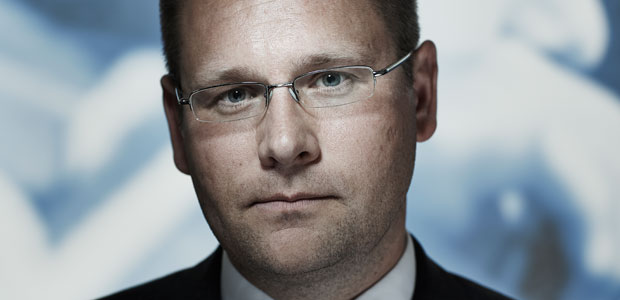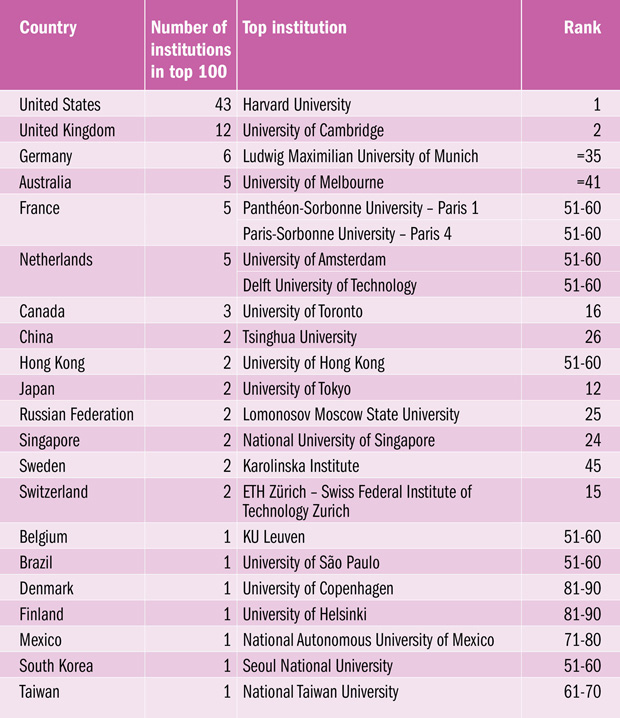
The data underpinning the Times Higher Education World Reputation Rankings 2015 are richer than ever, writes Phil Baty.
This is the fifth annual Times Higher Education World Reputation Rankings and the research underpinning the table is more comprehensive and balanced than ever.
Some 10,507 senior scholars took part in this year’s invitation-only Academic Reputation Survey. They provided their time and expertise (based on specialist subject knowledge) to help us create this unique peer-reviewed list of the world’s biggest university brands.
These tables are based purely on subjective opinion, but it is the informed opinion of those who know most about excellence in teaching and research: academics themselves. And while hard, objective indicators proliferate in today’s competitive global academy (and indeed dominate THE’s rankings portfolio), how a university is subjectively perceived by the academic community, how it stands up to its peers in reputation terms, is highly significant, too.
A strong reputation not only indicates current success but also drives future fortune. It helps universities to draw in investment and raise philanthropic funds. Perhaps most importantly, it helps attract the best students and scholars.
So with a great deal riding on these data, it is essential that the research underpinning the results is robust.
This year, Times Higher Education partnered with Elsevier on disseminating the Academic Reputation Survey. Elsevier used its author lists to distribute the survey to a statistically representative sample of global scholars, carefully balanced to represent all subject areas. It used UN data to gauge the distribution of scholars globally and administered the survey in more languages than ever before (15, up from 10 last year) to ensure the widest range of respondents possible.
The survey is hot off the press – it was carried out between November 2014 and January 2015, and its rigorous approach has helped us produce an exceptionally balanced picture: we received responses from 142 countries – from the US to Australia, from South Africa to Sweden.
The US provided the greatest number of responses (15.8 per cent of the total), followed by China (10.6 per cent). We also heard from respondents in Burma, Sierra Leone and Yemen – and even from one in North Korea.
Overall, some 70,000 survey responses have been gathered since we started this exercise in 2010. We thank all participants for informing this unique, rich and valuable resource.
Phil Baty
Editor, Times Higher Education Rankings
Register to continue
Why register?
- Registration is free and only takes a moment
- Once registered, you can read 3 articles a month
- Sign up for our newsletter
Subscribe
Or subscribe for unlimited access to:
- Unlimited access to news, views, insights & reviews
- Digital editions
- Digital access to THE’s university and college rankings analysis
Already registered or a current subscriber?
